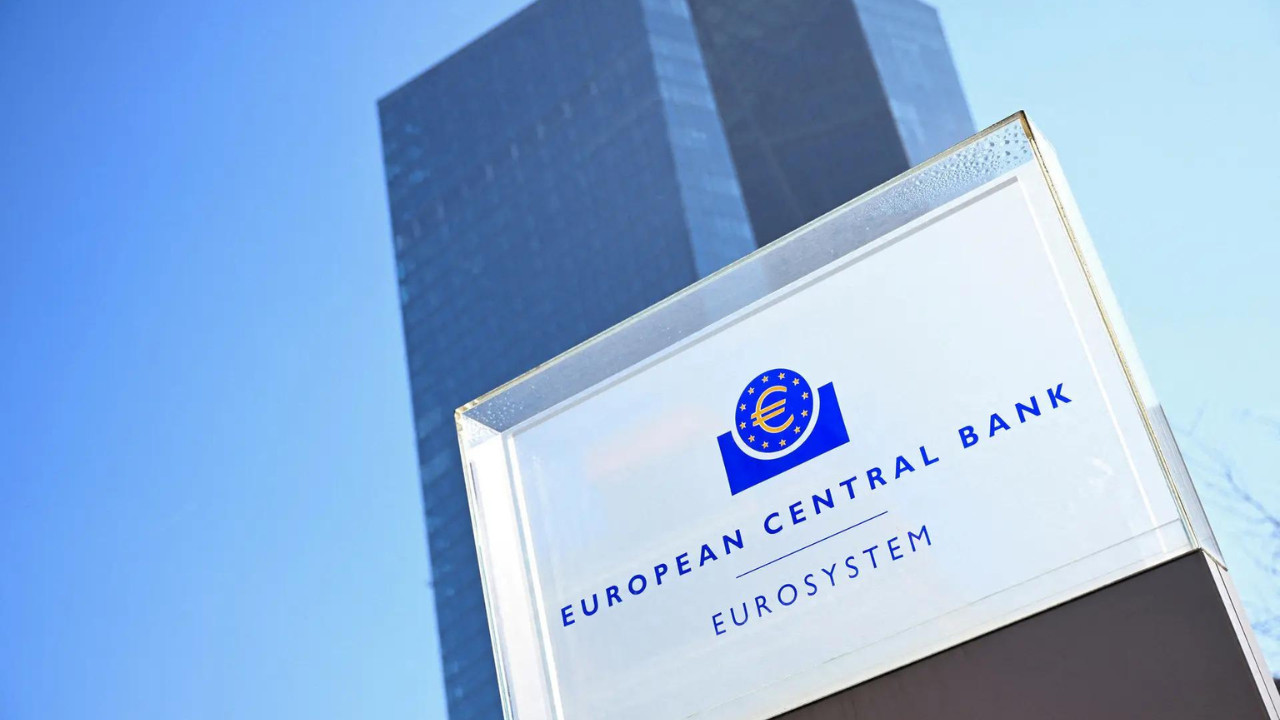The European Central Bank’s October meeting minutes indicate interest rates are currently appropriate, with potential for cuts in 2026. While inflation is near the 2% target, concerns about slowing wage growth and eurozone momentum prompt openness to future easing. The ECB remains vigilant about the economy’s ability to sustain the target.
Decoding the ECB: Hints of a Potential Rate Cut on the Horizon?
For months, the European Central Bank (ECB) has been walking a tightrope, balancing the need to tame inflation with the risk of triggering a recession. Now, fresh insights into the ECB’s decision-making process suggest a potential shift in strategy could be brewing, giving hope to businesses and consumers across the Eurozone. The recently released minutes from their latest policy meeting offer a fascinating glimpse behind the curtain, revealing a governing council perhaps more receptive to interest rate cuts than previously imagined.
A Steady Hand on the Tiller… For Now
The headline from the ECB’s meeting was undeniably a hold on interest rates. Policymakers chose to maintain the status quo, a move widely anticipated by the market. This decision reflected a desire to see more concrete evidence that inflation is definitively under control. The official line remained cautious, stressing the importance of vigilance and a data-dependent approach.
But dig a little deeper into the minutes, and a more nuanced picture emerges. While the council emphasized the need to avoid premature easing, there were subtle, yet significant, indications of a growing openness to the possibility of reducing rates sometime in the coming year. This represents a delicate shift from the hawkish rhetoric that has dominated ECB communications for so long.
Reading Between the Lines: Hints of Dovish Sentiment
So, what exactly are these subtle clues? Several elements within the minutes point towards a more dovish lean. Firstly, there was considerable discussion around the downside risks to the Eurozone economy. Concerns were voiced about weakening global demand, particularly from China, and its potential impact on European growth.
Secondly, some policymakers highlighted the progress already made in bringing down inflation. They argued that the current level of interest rates may already be sufficiently restrictive, and that further tightening could do more harm than good. This suggests a growing unease about the potential for overshooting – pushing the economy into an unnecessary recession in the pursuit of price stability.

Finally, the minutes revealed a debate about the appropriate sequencing of policy adjustments. While the ECB has consistently stated that it would first end its asset purchase program before considering rate hikes, there was a notable absence of similar clarity regarding the reverse process. This ambiguity opens the door to the possibility of the ECB cutting rates even before it completely unwinds its balance sheet.
What Does This Mean for the Eurozone Economy?
The implications of a potential ECB rate cut are far-reaching. Lower interest rates would make borrowing cheaper for businesses, encouraging investment and job creation. This could provide a much-needed boost to economic growth, particularly in countries struggling with high levels of debt. For consumers, lower rates would translate into cheaper mortgages and personal loans, freeing up disposable income and stimulating spending.
However, there are also risks to consider. Cutting rates too soon could reignite inflationary pressures, undoing the progress made over the past year. It could also weaken the euro, making imports more expensive and potentially fueling further inflation. The ECB will therefore need to tread carefully, balancing the need to support the economy with the imperative of maintaining price stability.
The Path Ahead: Data Dependency and Careful Communication
The ECB’s future policy decisions will be heavily influenced by incoming economic data. Key indicators to watch include inflation figures, GDP growth, and employment numbers. Any signs of a significant slowdown in the economy or a sustained fall in inflation could strengthen the case for a rate cut.
Equally important will be the ECB’s communication strategy. The central bank needs to manage market expectations carefully, avoiding any sudden shifts in rhetoric that could trigger volatility. Clear and consistent communication will be crucial to ensuring a smooth transition to a new policy stance. For example, exploring the nuances of inflation targets helps to clarify the long-term monetary approach.
Looking Forward: A Delicate Balancing Act
The ECB faces a complex and challenging task. Navigating the path between taming inflation and supporting economic growth requires a delicate balancing act. While the latest minutes offer a glimpse of a possible shift towards a more dovish stance, the ultimate decision will depend on how the economic landscape unfolds in the coming months. One thing is clear: the coming year promises to be a pivotal one for the Eurozone economy and the future of monetary policy.






